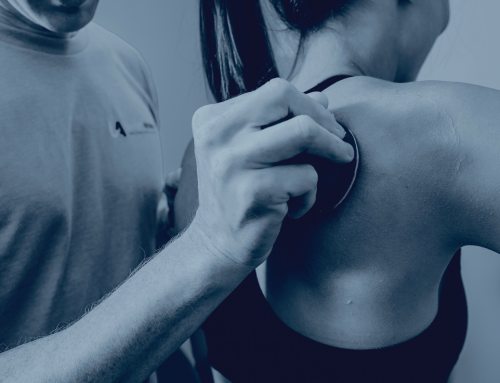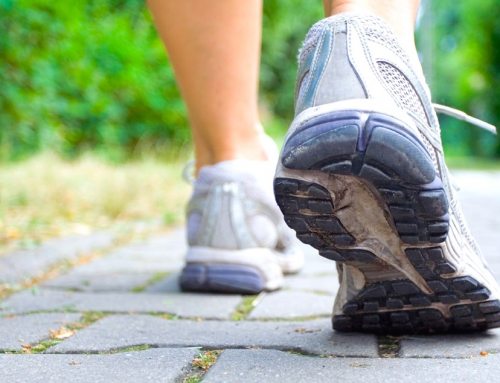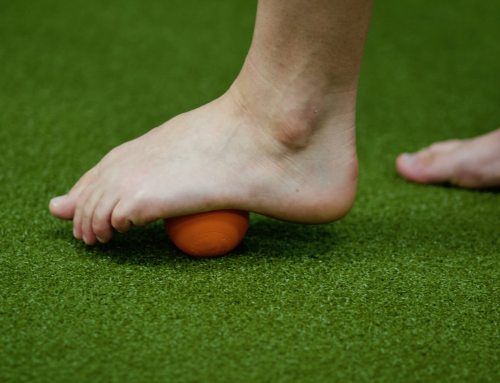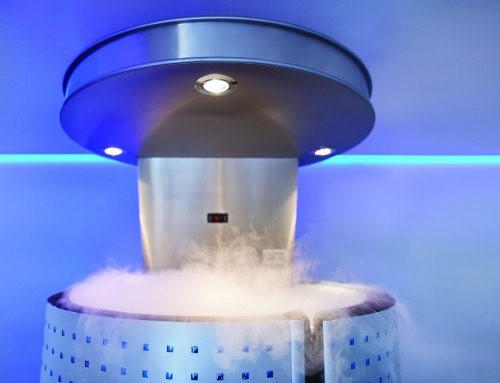By Norah Cetin
Over the past few years the market in wearable fitness trackers has exploded. It is now easier than ever to track your heart rate 24/7. In addition to heart rate tracking, a new metric has stepped on the scene as a way to track fitness and recovery.
Heart Rate Variability, or HRV, is the time between heart beats as measured in milliseconds. Contrary to resting heart rate, where lower is usually better, a higher variability between heart beats is actually more indicative of better fitness and ability to recover from strenuous exercise.
A 2017 study compared 7-day HRV averages, workload (rate of perceived exertion x session duration), and overuse injuries as measured by a questionnaire in elite fitness athletes over a 16-week period. Results indicated that athletes were more likely to report an overuse injury when their HRV 7-day average was low and workload was high, compared to a normal or high HRV in combination with a high workload.
In putting this into practice it was suggested that “athletes who experience a reduction in their HRV during periods of intensified training may benefit from recovery interventions, whilst those with normal or increasing HRV trends may benefit from further increases in load.”
While this is only one study the results do indicate that HRV may be useful in tailoring individual training plans and preventing overuse injuries. HRV is also an easy metric to capture, as their are now smart phone apps, such as HRV4training (used in the study just discussed) that can be used to capture this data by simply putting your finger over your phones camera lens. A different 2017 study done found that HRV data captured through the HRV4training app and Polar Watch chest strap was just as accurate compared to the gold standard of measuring HRV with an ECG.
While this may sound like just what you have been looking for to take your training to the next level, all of this tracking may actually become a hindrance. In the book “Unplugged”, author Brian McKenzie argues against using wearables to dictate training while ignoring subjective feelings of recovery and readiness.
As an athlete myself, I have found that my best training sessions are the ones where I am really listening to my body and asking myself questions such as “How sore am I from yesterday’s training? Do I feel rested? Did I push myself last week?” Giving an honest answer helps me dictate how I’m going to approach training. If I feel well rested, am not sore, and had a relatively easy week prior, then I am probably going to push it a little more. On the contrary, if I am not feeling 100%, I may need to step back, take things a bit easier, and focus on solid movement patterns and technique.
As we already saw HRV can provide an insight into how our bodies are recovering but you can never go wrong listening to your body. If you are looking to add HRV measurements, the best way to do this is take it right when you wake up, before getting out of bed. Don’t get caught up on a single measurements, rather measure it for a month and then look at the average each week. The wearable strap known as Whoop does just this.
In addition, I highly suggest keeping a subjective journal of your training and how you felt during and after each session. After a month, review your subjective findings with your data and use both the qualitative and quantitative data to plan your next month of training. I also encourage you to do more research if you plan to tracking HRV measurements. There is increasingly more data on HRV as it has become so easy to measure and the more understanding you have, the easier it will be to incorporate into training.
Remember, metrics can be very useful and certainly have their place but these should not be the only thing dictating training. Using metrics in combination with subject measures will have the best results long term and help keep you in tune with how your body is feeling and recovering.
Norah Cetin is a Doctor of Physical Therapy at ActivEdge Fitness & Sports Performance. She enjoys CrossFit, hiking, scenic bike rides and relaxing at the beach.





